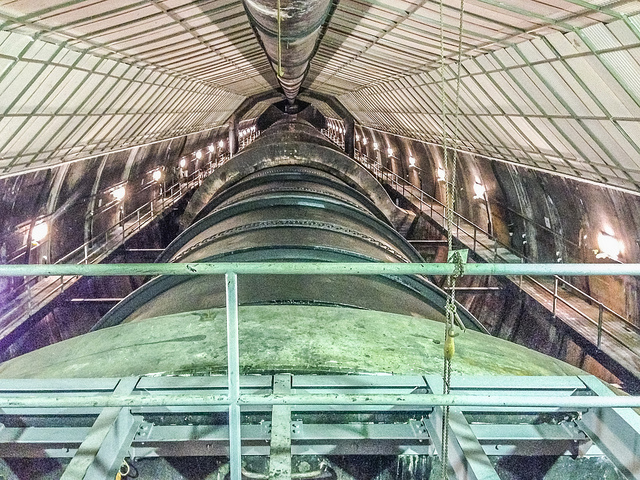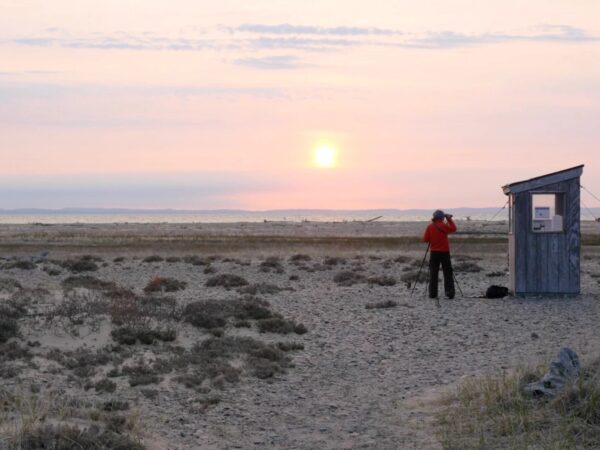
Rushing, cascading water doesn’t just power epic rafting trips—fast-flowing water also creates hydropower.
It goes something like this: A dam is built in a river, holding back the water to form a reservoir. When released, the force of the water’s flow spins the blades of a giant turbine, which in turn activates a generator and produces electricity.
Hydropower has been around since the first plant was built in Wisconsin in the late 19th century, and today provides about one-fifth of the world’s electricity. The energy it creates is inexpensive, renewable, and clean.
But there’s a catch. Dams can also destroy river habitat and disrupt wildlife and other natural resources, which means smart design and management is key.
So, what can those of us who aren’t hydrologists do to help? Simple pro tip: Use less energy by turning stuff off when you’re not using it.
Learn More:
- Check out “The State of the World’s Rivers” from this International Rivers interactive database
- Explore the “Environmental Impacts of Hydroelectric Power” from the Union of Concerned Scientists
- Learn more about “How a Hydroelectric Project Can Affect a River” from Foundation for Water and Energy Education
- Read about the “History of Hydro” from the National Hydropower Association
The fine print:
- This segment was produced in partnership with Cornell’s Atkinson Center for a Sustainable Future
Listen to the radio story from our friends at Current Cast here.




